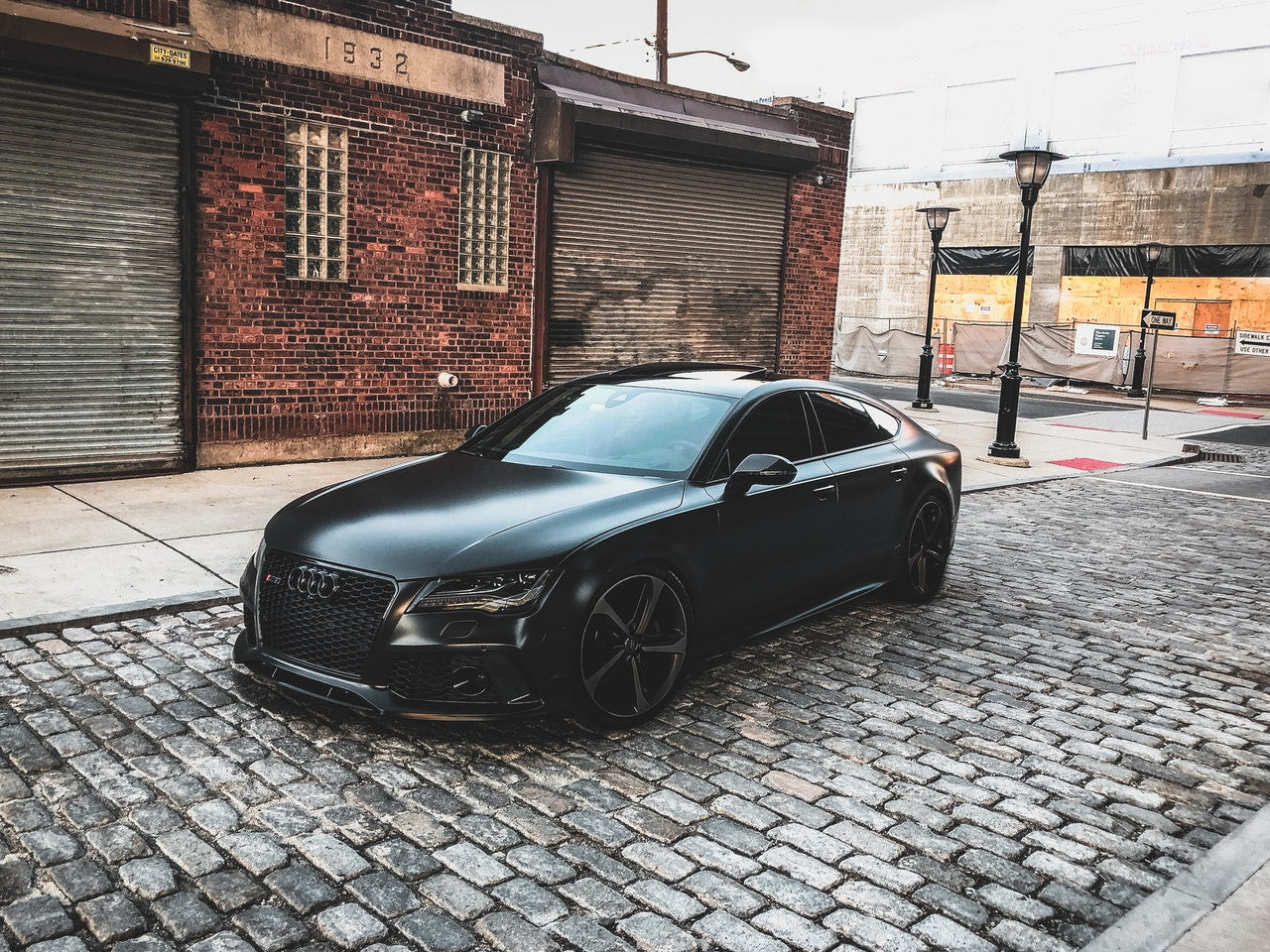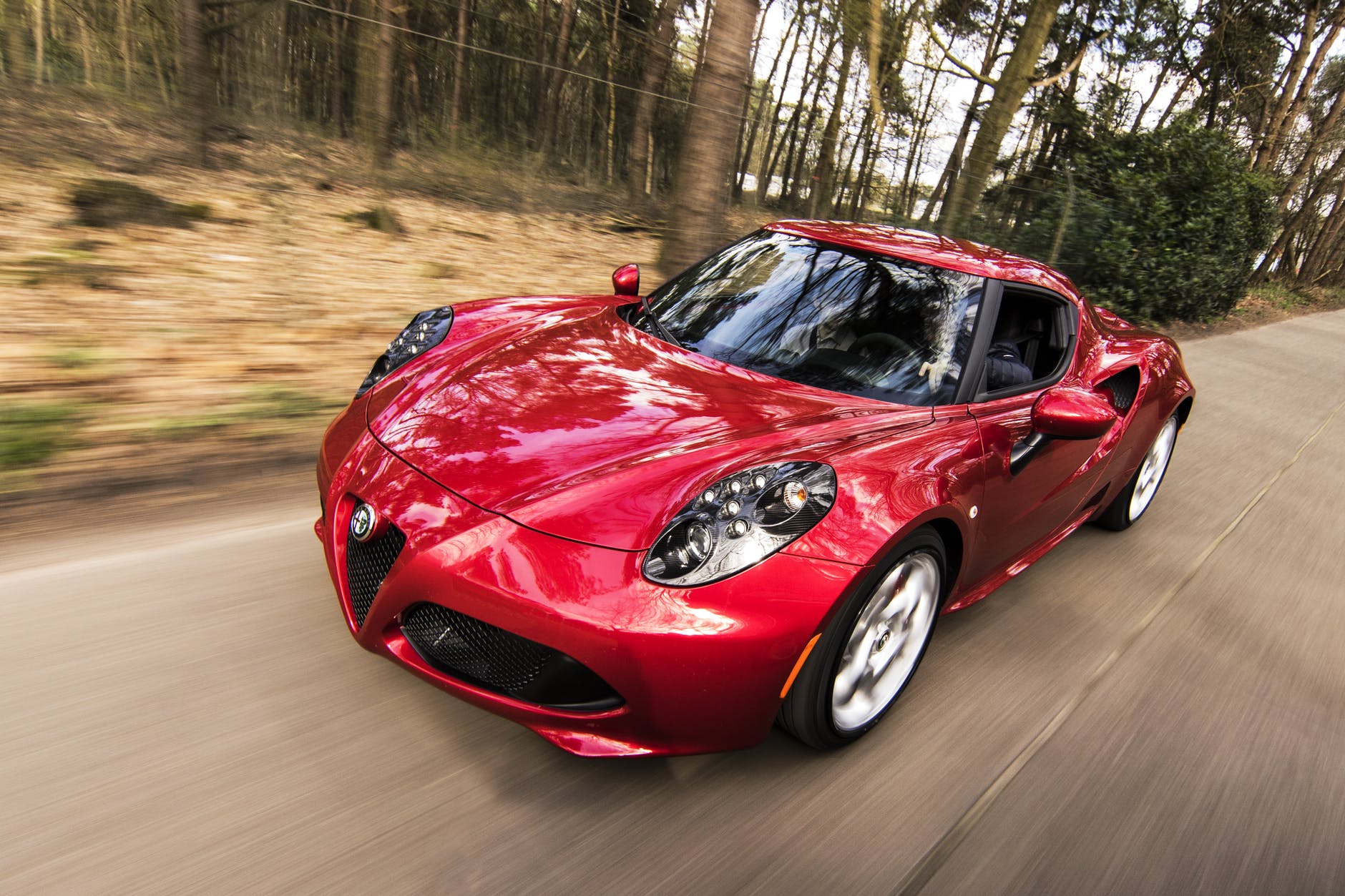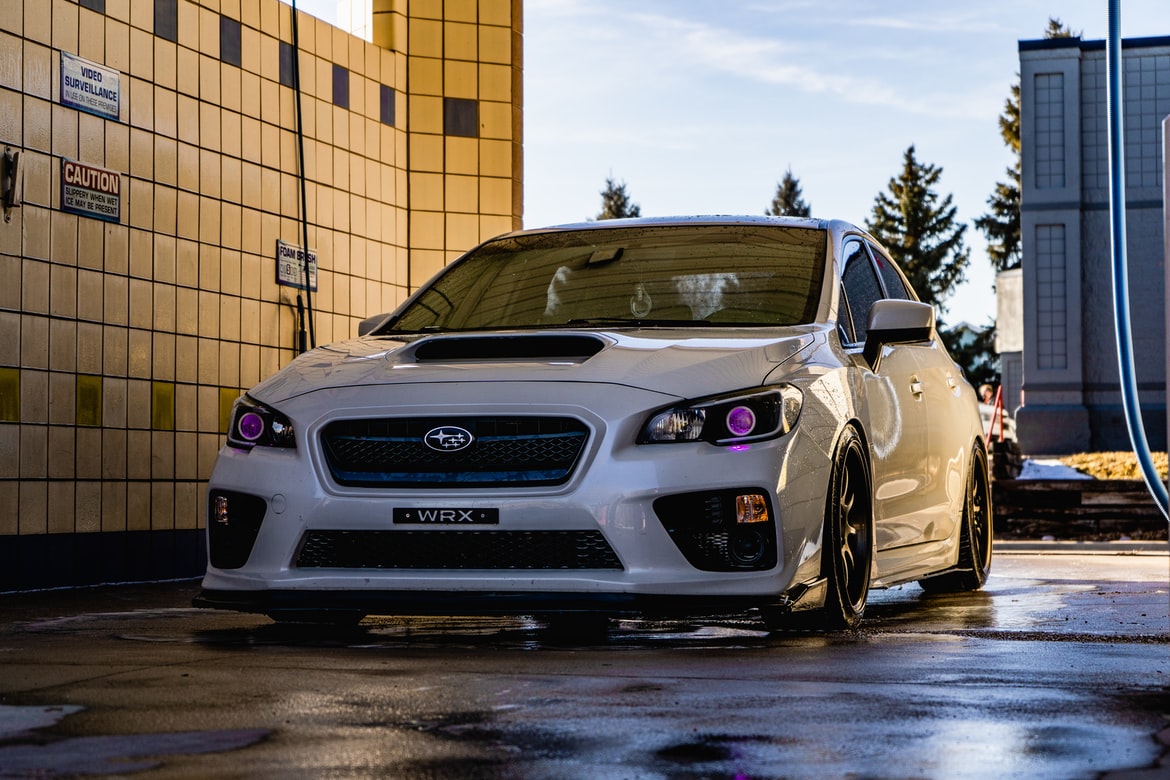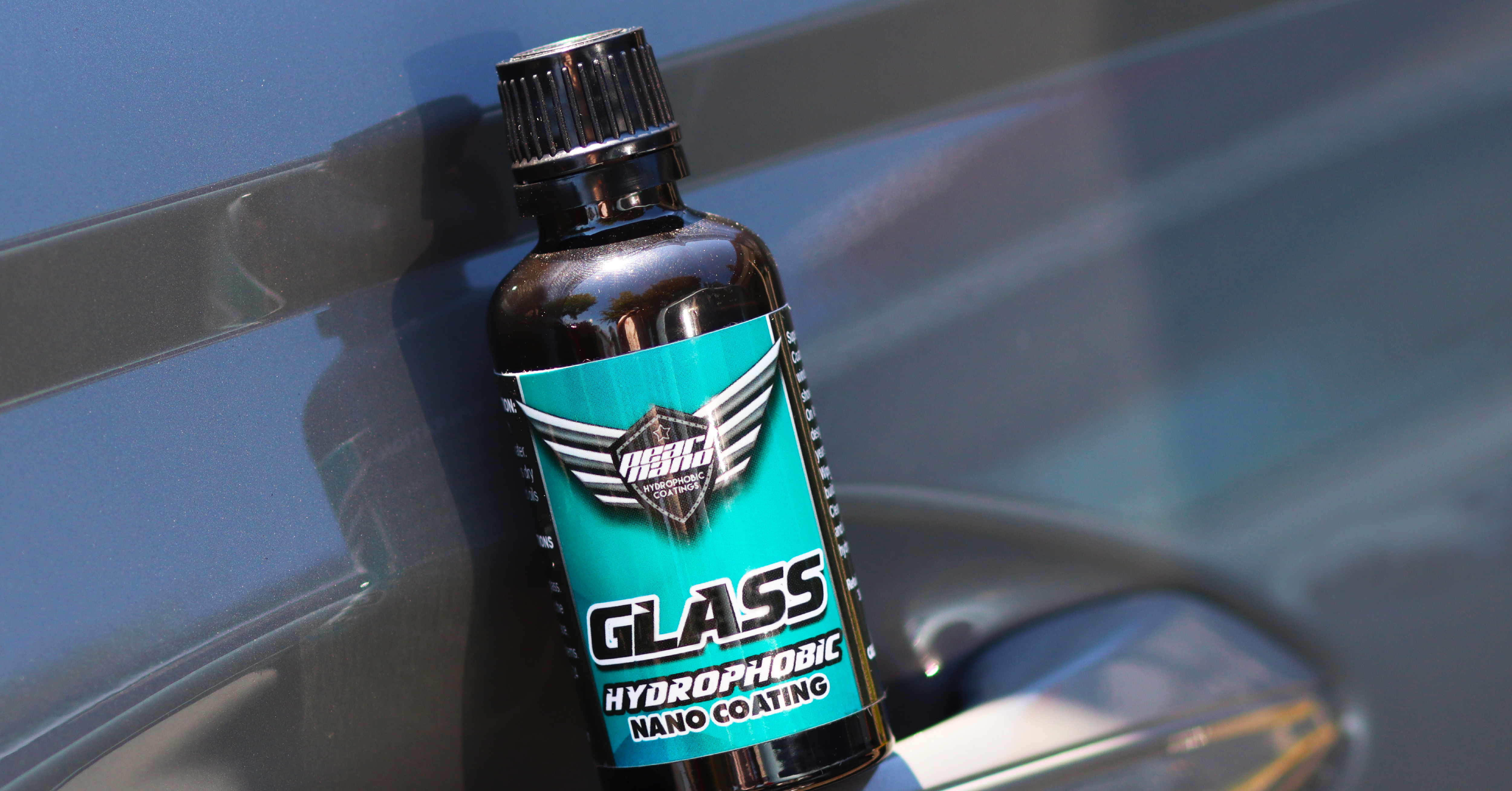pearl nano
Winter is Coming — Are You Prepared?
Nov 18, 2020Cold winter weather is here, and it’s only getting colder. Are you prepared for the challenges that driving in winter weather poses? These tips can help you prepare. “The Three P’s of Safe Winter Driving,” can help you get ready for whatever this winter season throws at you.
Prepare
On average, 136,309 people get injured on icy and snowy roads annually, according to The Zebra. To make sure you’re not one of those people, it is important to prepare before you even leave the driveway.
Tips curated from OSHA, NHTSA, and AAA
Winterize your vehicle — make sure it’s ready to drive in winter weather.
- Check your tires, including the treads, tire pressure
- Make sure your battery will make it through the winter by getting a battery test, otherwise you’ll end up stranded in the cold.
- Check your windshield wipers. Old rubber won’t clear your windshield in heavy snow and rain. Adding a glass coating, like Pearl Nano’s Nano Glass coating, can take stress off your wipers by adding a hydrophobic coating that lets water slide off without needing to set your wipers to high.
- Check your fluid levels, including antifreeze, oil, gas, etc.
- Check for any recalls— a critical safety issue isn’t good anytime of year, but especially not in the dead of winter.
Take stock and stock up — make sure you’ve got everything you need.
- An ice scraper, shovel, or broom. 35% of respondents in 2019 said the ice scraper is “the most valuable tool to keep in a winter driving safety kit” Pro Tip: Don’t forget to remove snow off the top of your car — it can fly off at high speeds and cause damage to other vehicles that YOU’LL be responsible for.
- Jumper cables
- Flashlight
- Flares or emergency markers
- Blankets and extra warm clothing
- A cellphone and charger
- Water and food
- Medications (for longer trips)
Plan your route — give yourself plenty of (or extra) time.
- Check the weather
- Leave early
- Be familiar with your route — will you need snow chains or are there accidents to look out for?
- Let others know where you’re going, and when you expect to arrive.
Protect Yourself
These tips come right from OSHA, and we couldn’t have said it better ourselves.
- Buckle up properly and use child safety seats.
- Never place a rear-facing infant seat in front of an airbag.
- Children 12 and under are much safe in the back seat.
Prevent Crashes
- Don’t drink and drive.
- Slow down and give yourself more space between other drivers. Stopping distances are longer in icy conditions.
- Keep an eye out for pedestrians. Sidewalks might not be clear, meaning pedestrians could opt for walking down the plowed street. Slow down and don’t swerve.
- Avoid fatigue. USA Today found that the deadliest time for winter accidents is between 9 a.m. and 2 p.m.







